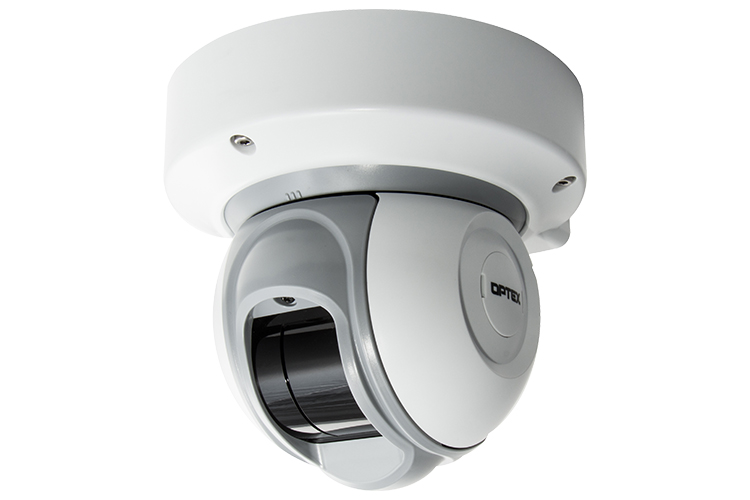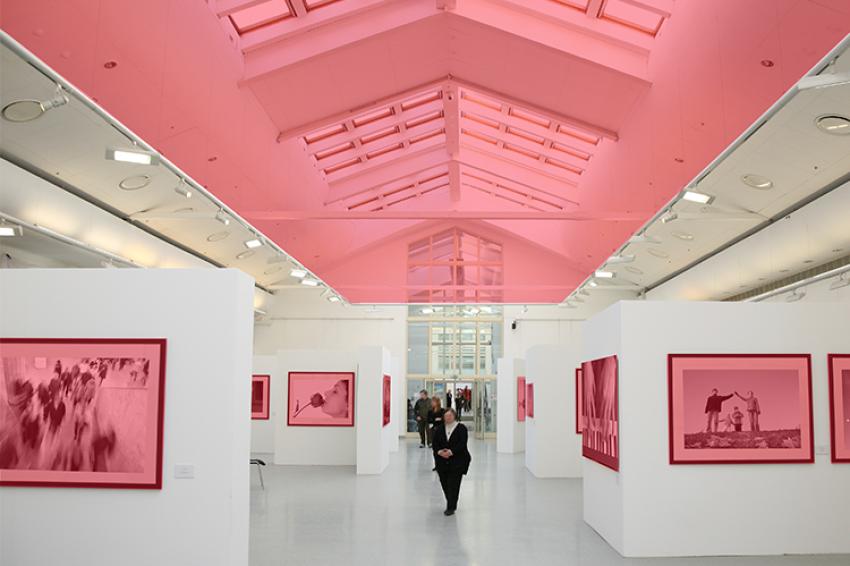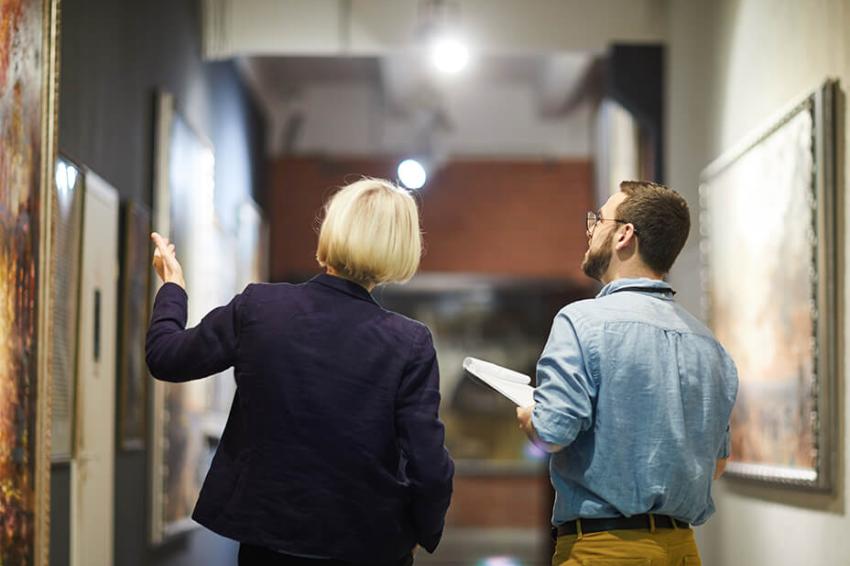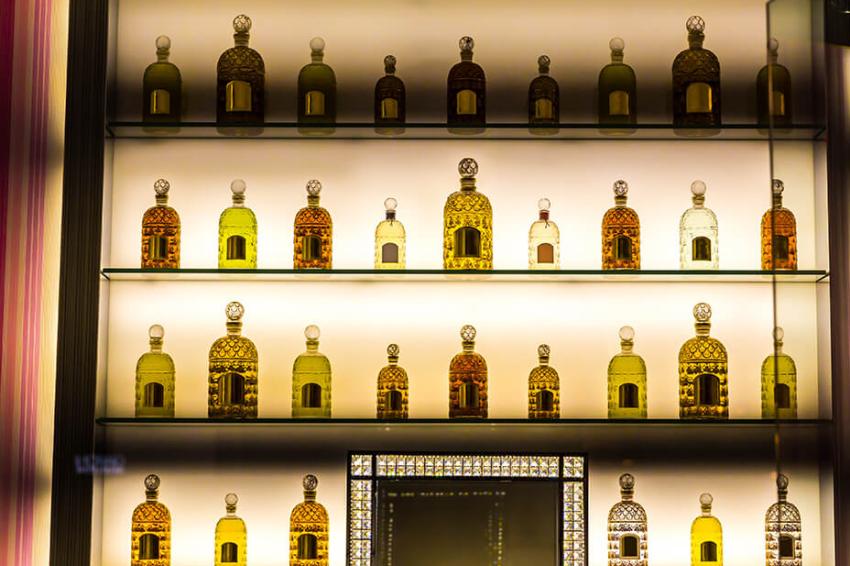Highly accurate and reliable asset protection using Lidar technology from Optex

In locations open to members of the public, ensuring the security and protection of valuable assets can be a challenge. It’s one that requires detection technology that can provide secure and precise protection from any attempt of theft or damage, while not disrupting the visitor experience and also fitting discreetly into the aesthetic of the environment.
Protection of fine art
Whether intentional or not, paintings, sculptures and other artwork face a number of threats; it could be a curious hand, a child playing nearby or a real attempt of theft. These could happen during opening or closed, but in any case, losses for stolen or damaged art can be very significant and therefore require proper protection.
Certain pieces of art can be protected in a display cabinet, however it is very common for art to be exhibited with no physical protection to create the best experience. Security should not stand in the way, allowing visitors to connect with art, however it does mean that threats must be quickly and precisely identified, and security personnel alerted.
Mounted discreetly on a wall or ceiling, Optex Lidar sensors can create an invisible virtual wall to protect assets by detecting hands or bodies getting too close to the artwork or valuables. It can be set precisely to only protect the assets and leave the section of the wall between them so only the assets are protected, and any contact with the wall section in between doesn’t raise any alarms.
In churches, palaces and art galleries, it is common to find skylights and ceiling windows, which allow lots of daylight to come in, but also present an opportunity for intruders to enter the site from an area that normally lacks security. Redscan sensors can be installed horizontally to create a virtual ceiling, alerting of any attempts of entry through ceiling windows or skylights. Installed in vertical mode they can protect entry via windows and even doors out of opening hours.
Protection in hospitality and retail environments
The challenge can be even greater in locations where the security sensor has to cope with both the public and daily business operations. Bars, restaurants and hotels, for example, need to secure open areas where highly expensive food and drink items are stored or on display.
Sophisticated Lidar technology can be set to alert should any expensive bottle or item be taken from a shelf while the staff are not on site, or the bar is closed. By creating an invisible wall, the sensor constantly scans the area of detection; the detection size can be configured for objects as small as 2cm and should any hand enter the detection area it would trigger the alarm, alerting staff, triggering cameras or audible alerts.
Similarly, in boutique stores displaying expensive jewellery or items, Redscan sensors can create a virtual shield allowing customers and visitors to enjoy the displays while protecting them. The sensor can identify the exact X,Y coordinates which can help to assess exactly where the theft has taken place. Another useful feature of the high resolution Redscan models is the thrown object detection which can also trigger the alarm should an object be thrown through the virtual wall, for instance to attempt a theft in which the valuable item is passed onto a third person.
Conclusion
Protecting highly valuable items and assets, particularly in areas open to the public, presents a number of challenges. However, highly accurate and reliable detection technology can provide the solution. Optex Redscan Lidars, for example, can be installed quickly and discreetly, and can also help to improve the reliability of existing video surveillance systems. For instance, they can be utilised to trigger PTZ pre-set camera positions to focus the view on the exact location of intrusion, as well as triggering lights or send an alarm to dispatch security staff or teams.
More information is available on the Optex website.
Contact
OPTEX SECURITY B.V.
Henricuskade 17
2497 NB The Hague
Netherlands
+31 70 419 4100













